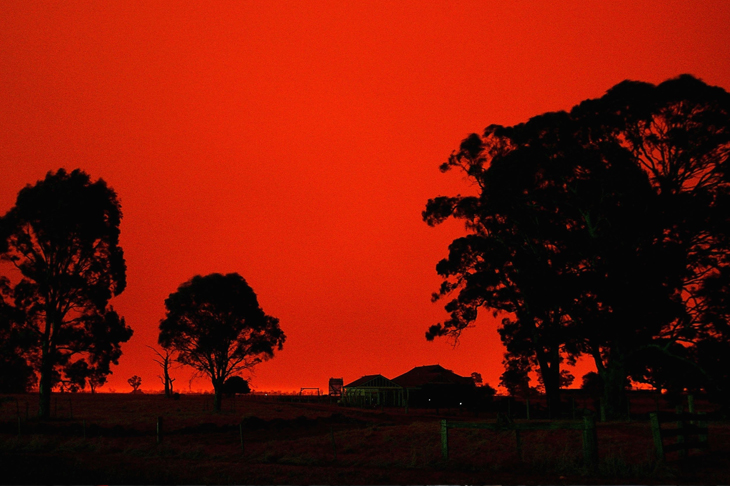If we are being asked to shut down our coal export industry and the 48 coal turbines that supply 75 per cent of our electricity and commit economic suicide, then the least we can expect is that state weather records from the colonial era are freely available.
One Nation has long questioned the justification for ignoring the observational records collected by the colonial meteorological services from the mid-1800s.
While the Commonwealth Bureau of Meteorology (BOM) acknowledges the existence of these colonial instrumental records, it argues that the observations do not meet the commensurable rule; that is measured by the same standard. Without a same standard for observing equipment, these pre-1910 measurements, they say, cannot become part of the official weather records of Australia.
In the past one hundred years or so since BOM was formed, technology has changed, thermometers have changed, practices have changed, weather stations have moved location, urbanisation has created a heat island effect around some weather stations, new weather stations have been installed in new locations and old weather stations have been abandoned.
All of these changes by definition violate BOM’s commensurable rule. What to do? BOM has done what most weather services do and that is to make an exception to the commensurable rule and overcome all the variations by applying a process known as ‘homogenisation’. Homogenisation is simply the application of assumptions which lead to changes in the raw data.
If BOM’s post-1910 data can be made useful through homogenisation then what stops the same process being applied to the colonial states pre-1910 records?
The Met Office is the UK’s national weather service and through its Hadley Centre has developed the longest instrumental record of temperatures in the world known as the Central England Temperature dataset (HadCET). It records monthly mean surface temperatures for the Midlands region of England from 1659, but the records have been homogenised and are not the original raw observations. If the UK can create a single temperature record back to 1659 what stops BOM doing the same back to 1855?
Better still why not leave the raw data alone for anyone to see and footnote it with qualifications, so that those who come after us can find the unadulterated information?
BOM cannot argue the quality of the raw colonial state measurements was poor, because Australia has some of the most meticulous and detailed weather records in the world from the mid-1800s thanks to Charles Todd (1826-1910) who arrived here in 1855 from the Greenwich Observatory near London.
Todd had been trained as an astronomer, meteorologist and electrical engineer. He set up the overland telegraph service in Australia and he trained every operator to take meteorological observations using the same standard equipment to provide daily reports of these observations taken at 9am, 12 noon, 3pm and 9pm. These observations found their way into the 1933 publication by the Commonwealth Council for Scientific and Industrial Research (in collaboration with the Commonwealth Meteorological Bureau) titled ‘Meteorological Data for Certain Australian Localities’.(http://www.wacclimate.net/csir.pdf).
This publication shows raw temperatures at 226 weather stations from the mid-1800s to 1931. The network which collected these measurements is more than twice as large as the current Australian Climate Observation Reference Network on which the federal government bases its climate policies.
Mr Chris Gillham (WAClimate.net) has looked at these early records closely. In his submission to the Technical Advisory Forum set up by the Parliamentary Secretary to the Minister for Environment, he advised the raw mean temperatures from the period 1855-1931 to 2000-2014 averaged an increase of just 0.4586C across all 226 locations. This is half the temperature increase we are now being told will lead to an increase of 1.5 or 2 degrees C in the next ten years.
I call on the government and BOM to digitise these early colonial records so that scientists, professional and citizen, can analyse them. Anyone who believes in demonstrating a factual basis for global warming will have no fear from making these colonial state records more accessible.
How can we know that this is the hottest summer on record or that this was the hottest month since records began, when a large body of records beginning in the mid-1800s is being ignored?
Got something to add? Join the discussion and comment below.
Get 10 issues for just $10
Subscribe to The Spectator Australia today for the next 10 magazine issues, plus full online access, for just $10.
You might disagree with half of it, but you’ll enjoy reading all of it. Try your first month for free, then just $2 a week for the remainder of your first year.














Comments
Don't miss out
Join the conversation with other Spectator Australia readers. Subscribe to leave a comment.
SUBSCRIBEAlready a subscriber? Log in